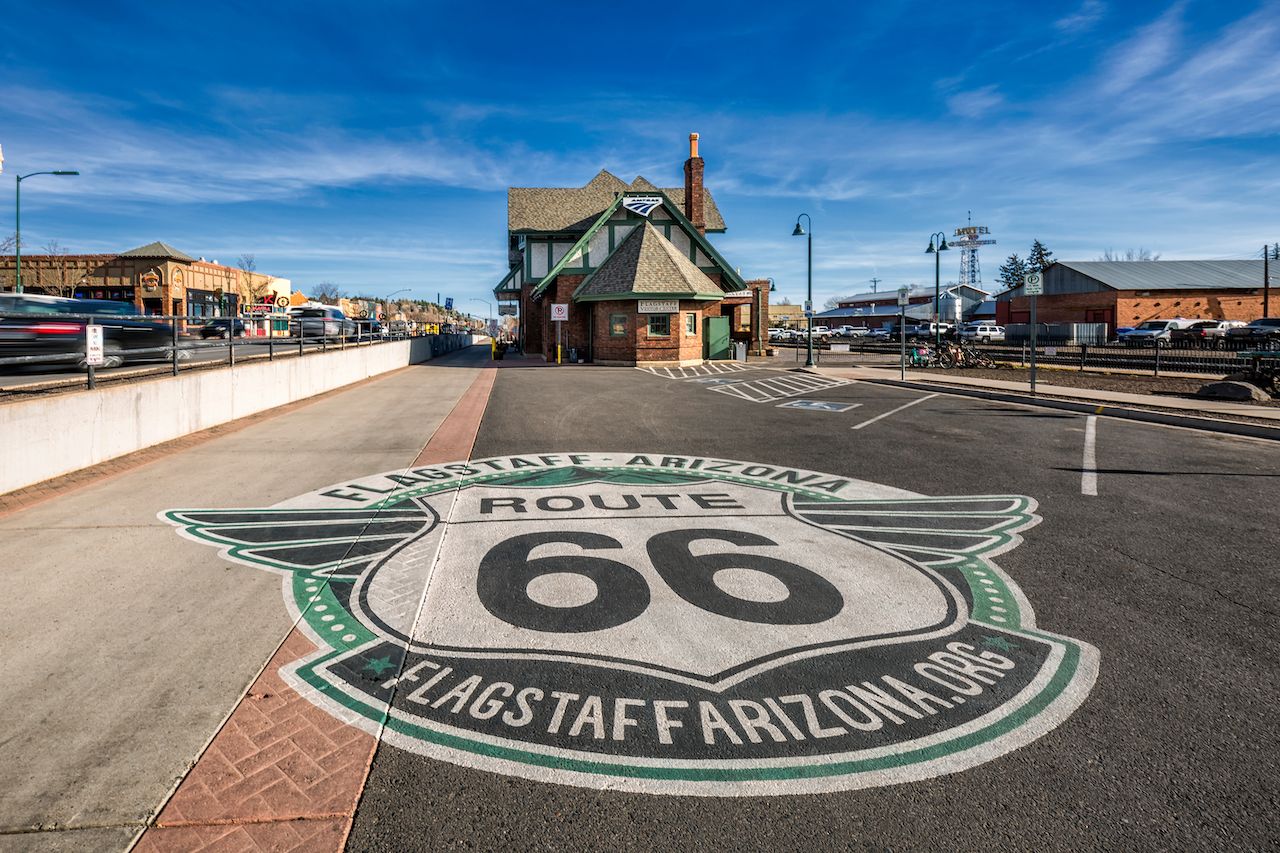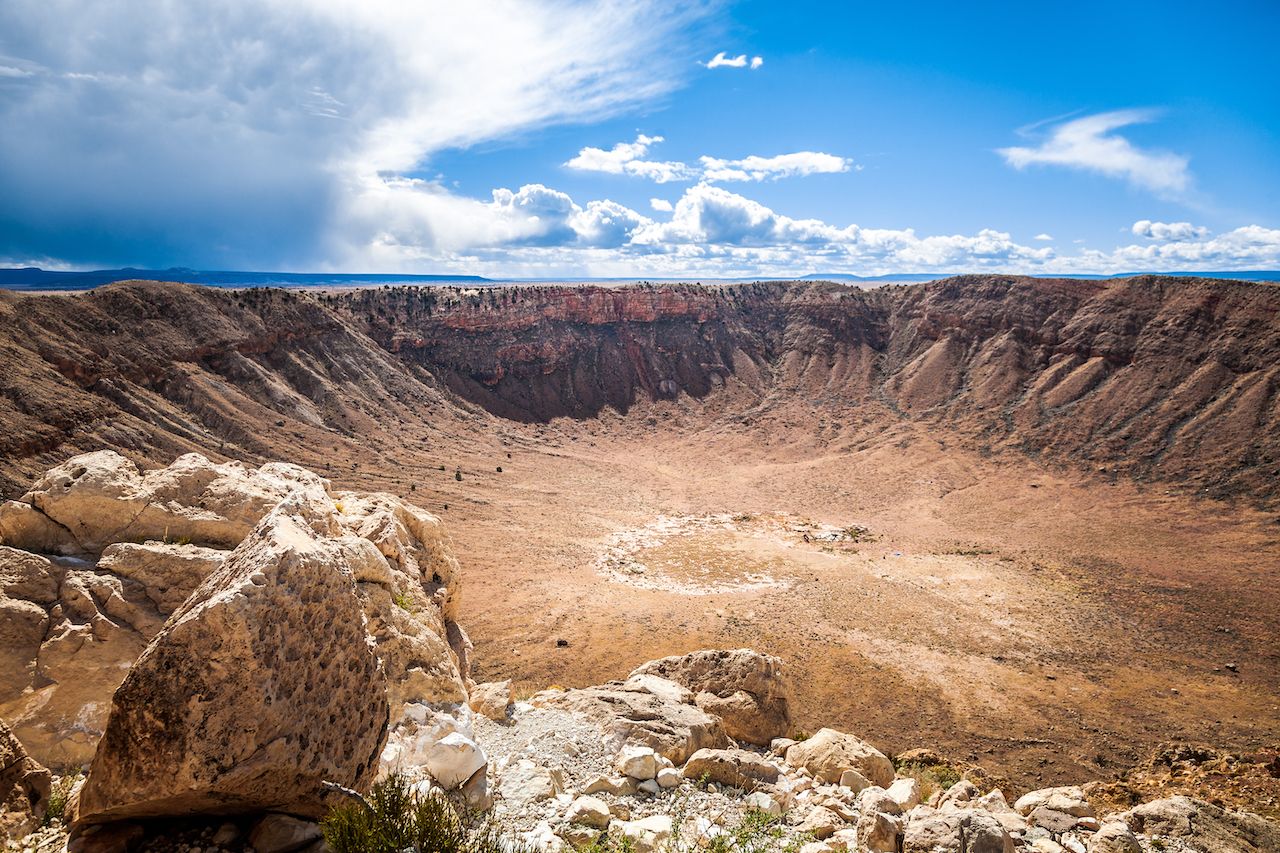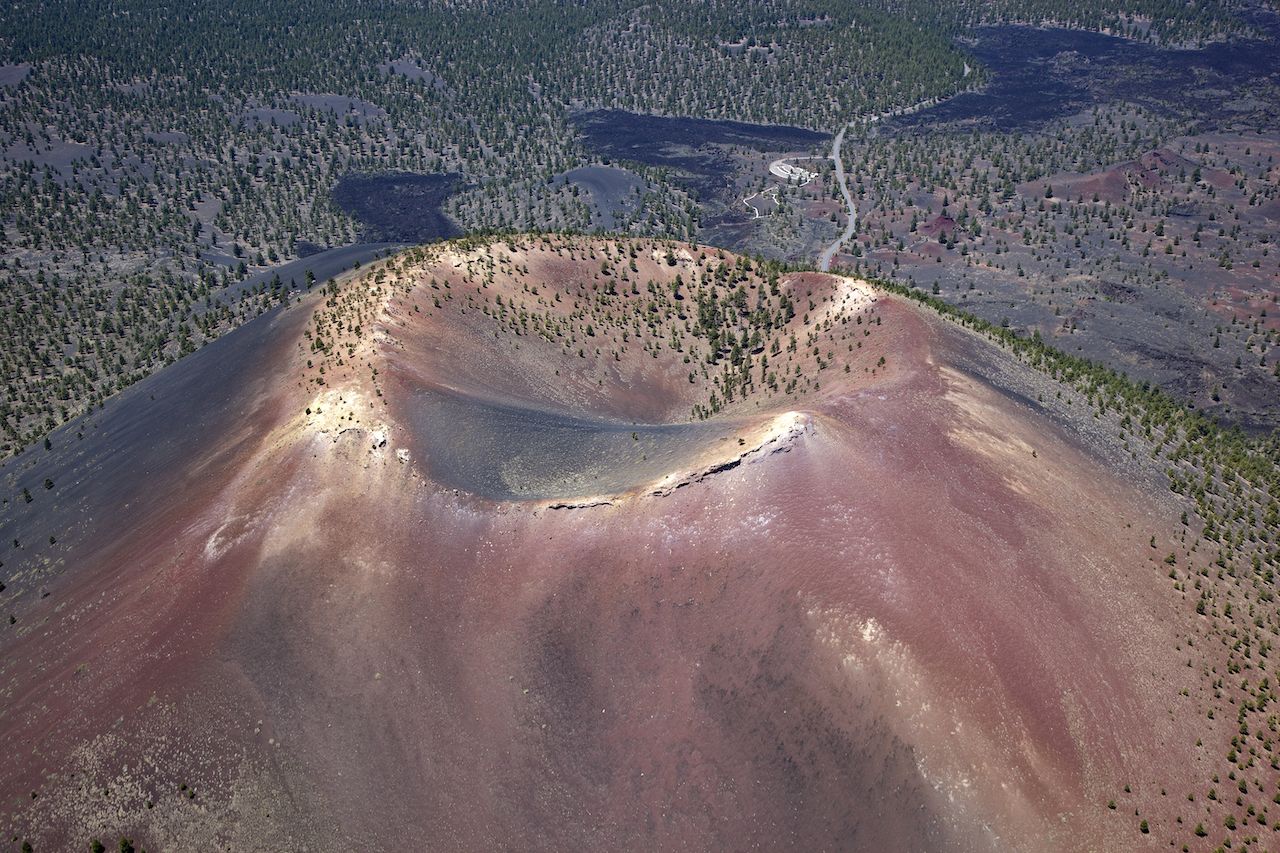July 20, 2019, is the 50th anniversary of when Neil Armstrong set foot on the moon. His path to get there included a good deal of time training in Flagstaff, Arizona. Eleven others, including Alan Shephard and Buzz Aldrin, also trained in Flagstaff as part of the Apollo Moon Missions, creating a lunar legacy which is massively understated. No city — not Houston, not Cape Canaveral — has Flagstaff’s astronaut science training, instrument development, or lunar mapping capabilities. You can see the places where these astronauts trained in and around the city by following the Lunar Landmarks Trail, just two and a half hours north of Phoenix.
Despite being on solid ground, it’s a vertigo-inducing experience as every astronaut to walk on the moon trained here, and the simulations of moon landscapes are still around, as engaging and trippy as they were back in the 1960s. There are four sites in town for you to explore, two less than an hour away and one more that’s 90 minutes away. Here’s the route.







